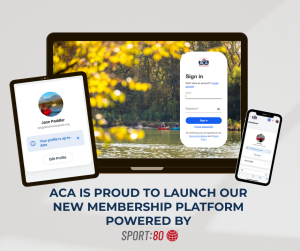In 1972 the United States passed the Clean Water Act, through which Congress directed the Agencies to protect “navigable waters.” The waters protected by the Clean Water Act depend upon what is defined as a “navigable water.” Traditional definitions of “navigable waters” often were unclear about which waters qualified as “tributaries” and “adjacent waters.” The 2015 Clean Water Rule expanded the traditional definitions of navigable waters by expanding the definitions of tributaries and adjacent waters to include: 1) ephemeral streams: streams that only have physical indicators of flow for certain parts of the year, and 2) adjacent waters: which include wetlands otherwise unconnected to traditional jurisdictional waters. In other words, this was a great change for the paddling community because a significantly larger percentage of waterways in the United States were subject to the Clean Water Act.
Unfortunately, the 2015 Clean Water Rule was not popular with the agricultural industry. The 2015 Clean Water Rule expanded federal reach and ability to regulate waterways, particularly small waterways flowing on private lands. The 2015 Clean Water Rule provided a scientific basis for including tributaries with a significant connection to traditional jurisdictional waters. It is important to know that the Clean Water Act allows for some pollution, but most importantly, it clarifies limits. Expanding the definition of “navigable waters” granted the Environmental Protection Agency with a greater ability to prevent agricultural pollution.
In January, 2020, all of this changed again. The definition of “navigable waters” reverted back and now more closely resembles its original definition. There are two main losses. One, ephemeral streams no longer qualify as tributary, and are not regulated by the Clean Water Act. Two, the definition of adjacent wetlands contracted. Since 2015, wetlands were protected in the same manner as lakes and ponds. The only wetlands now protected are those that directly abut to other regulated waterways. In states like Colorado, as many as 68{9575e3db14aba32dba13fb472c0cb5d87585fe4dba9a778baaf73cb645048b52} of their streams may be considered temporary in nature due to their lack of direct abutment to other, larger established waterways. Wetlands like the Prairie Potholes ecosystems in the Dakotas that were protected under the 2015 Clean Water Rule are no longer protected.

A and B, show dry and wet phases for a stream in Arizona, C shows a dry phase streambed in Colorado, and D shows, non adjacent wetlands in Alaska – click to read full article from the National Academy of Sciences, Opinion: the Proposed Change to the the Definition of “Waters of the United States Flouts Sounds Science.
Here are some helpful resources if you’d like to learn more:
2015 Clean Water Rule from Federal Archives
2020 Navigable Waters Protection Rule: Definition of “Waters of the United States”

